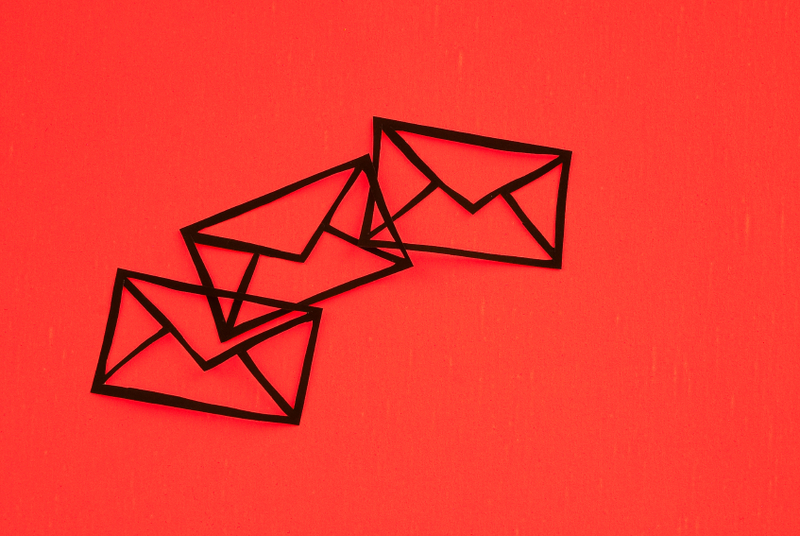In this day and age, you’d think everyone would have the art of email completely down. You’d think. But, the truth is, there are so many different types of email you can write, that it’s no wonder most people get confused between personal and professional, conversational and business, formal and informal.
Such confusion, while somewhat understandable, is still completely unacceptable when it comes being a professional. To sharpen your professional email writing skills, follow these tips when writing professional emails, whether it's prospecting for jobs, for networking purposes, to colleagues or for any other business-related reason:
Don’t: Never leave the subject field blank! All too often, people leave it either blank or write a vague couple of words that do not really detail what is in the email.
Do: What you should do is write a brief yet accurate description of what the email message contains. The goal is to help the recipient organize their inbox by creating an accurate heading; including any relevant dates or deadlines that they may need to quickly reference.
Do: Keep it professional, addressing someone as you would within an interview setting.
Do: Use formality, such as “Ms. Last Name” or “Mr. Last Name.”
• Body: Details the information you’re trying to convey.
• Conclusion: Wraps up your email, including whether you will be contacting them in the future or if you’d like them to contact you.
1. Subject Line Specifics
2. Stay Formal
Don’t: Assume that you can write an informal email, as if to a friend.3. Only First Names for Friends
Don’t: Never address someone in a professional email by their first name, unless otherwise instructed by the individual to do so.4. Attach When Asked
Don’t: Attach large documents to emails, like a portfolio, resume or your cover letter, without permission to do so. This can annoy the recipient, as it will clog their email inbox. Do: Offer to send a copy of your resume, cover letter or portfolio in your initial email. If the recipient would like to see your information, he or she will request that you send it and you will be able to do so at that time.5. Proofreading Shows You Care
Don’t: Draft your email and send it quickly – without looking it over a few times. Do: Draft your email and reread it, checking it over several times thoroughly for any spelling and grammatical errors.Did you know that now you can find part-time jobs on Fastweb?
6. Organization
Don’t: Type out your email, without clearly organizing your thoughts. Do: Organize your email into an introduction, body and closing. Your organization format should follow: • Introduction: States your reason for contacting the person.• Body: Details the information you’re trying to convey.
• Conclusion: Wraps up your email, including whether you will be contacting them in the future or if you’d like them to contact you.
